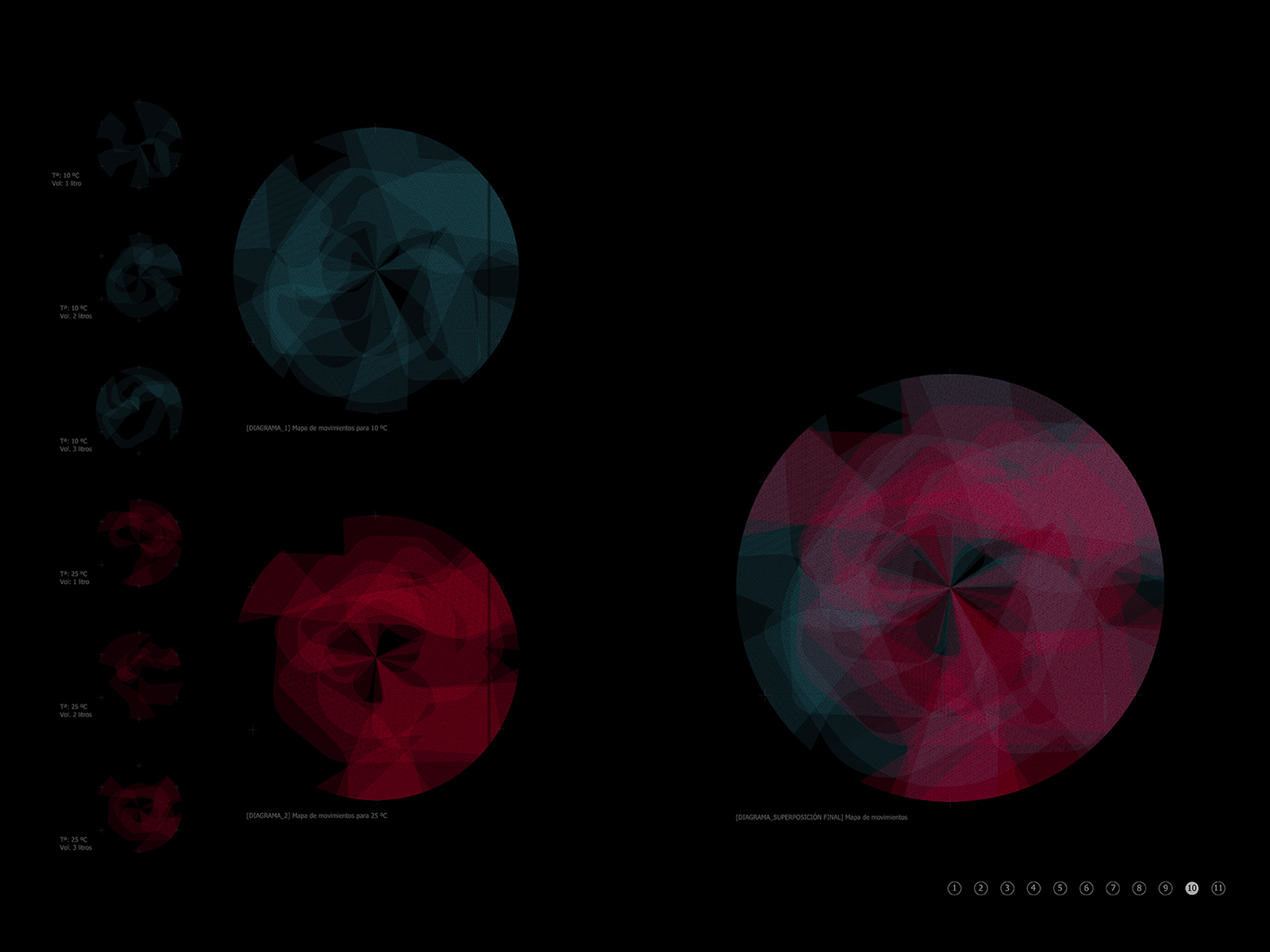
Project Completed
Reference: HAR2015-64762-P
2016-2019Sensitive landscapes: immersive virtual tools
Competitive open call
Plan Estatal de I+D+i 2013-2016. Proyectos I+D Excelencia 2015
Competitive open call